Rising home prices have changed the real estate landscape, turning once-affordable towns into high-cost markets. Many buyers who could have easily purchased homes in these areas just a few years ago are now struggling to keep up. The shift is driven by factors like remote work, migration trends, and overall demand for desirable locations. As these towns become increasingly expensive, locals and first-time buyers are finding themselves priced out, forced to look elsewhere for affordable housing.
1. Boise, Idaho
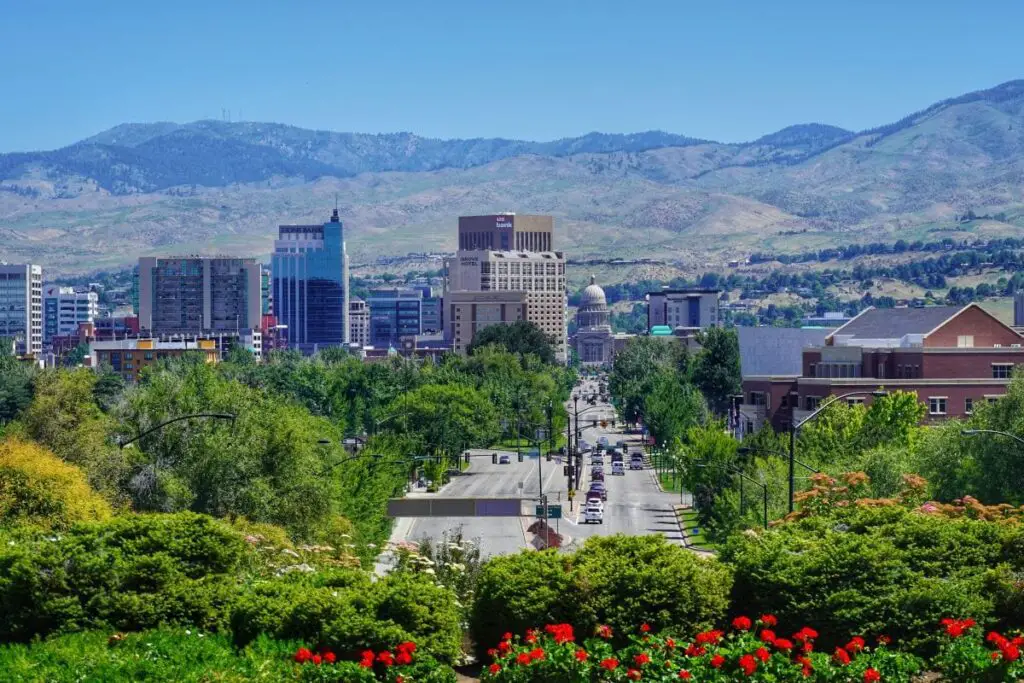
According to Realtor.com, Boise was once considered one of the most affordable cities in the country, but rapid population growth has changed that. In the past five years, the influx of remote workers and retirees has driven demand sky-high. This has caused home prices to rise well beyond what local incomes can support, leaving many longtime residents struggling to compete. The bidding wars that have become common in Boise’s housing market are making it nearly impossible for first-time buyers to secure a home.
Boise’s charm, outdoor recreation, and relatively low taxes made it a magnet for new residents. However, with increased demand comes rising costs, and property taxes have followed suit. Many homeowners are now seeing significant jumps in their assessments, adding to the financial strain. As a result, some locals have had to sell and move to smaller towns, reversing the trend that originally made Boise so attractive.
2. Asheville, North Carolina
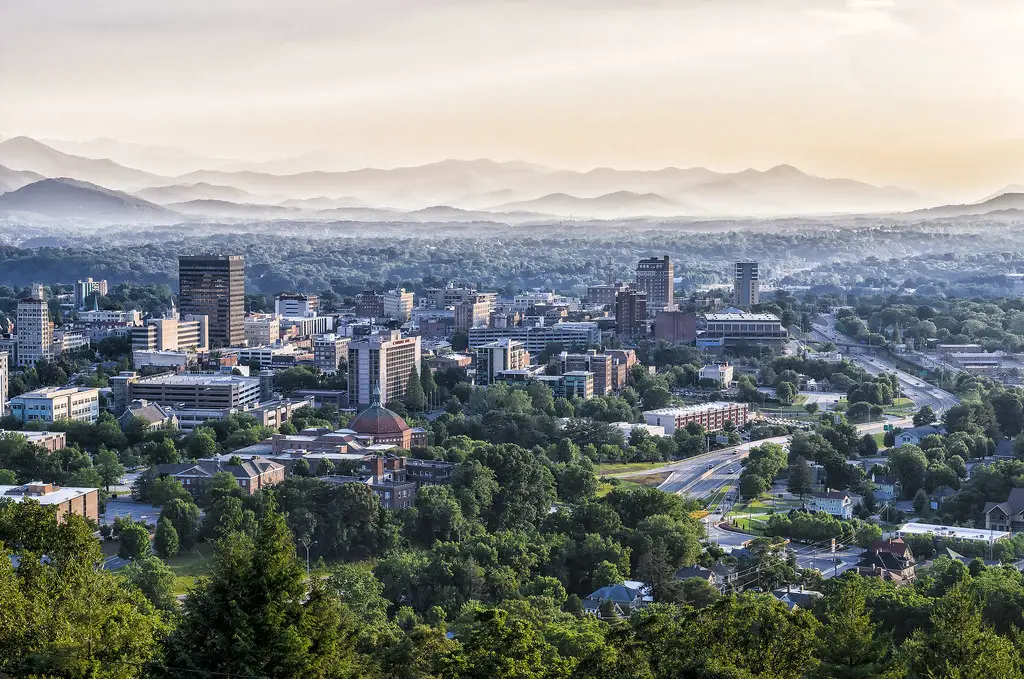
As noted by Best Places, Asheville has transformed from a quiet, artsy mountain town into a highly sought-after destination. Its scenic beauty and thriving cultural scene have drawn transplants from larger cities, particularly during the pandemic. Home prices have skyrocketed as a result, leaving longtime residents struggling to afford housing. Even rental prices have surged, making it difficult for new buyers to save enough for a down payment.
Many of Asheville’s newer residents are drawn by the region’s hiking trails, breweries, and historic architecture. However, the increase in demand has led to significant gentrification, pushing out lower-income residents. Short-term rentals have also exploded in popularity, reducing the availability of long-term housing. As a result, Asheville’s affordability crisis continues to worsen, forcing some homebuyers to relocate to nearby towns.
3. Austin, Texas
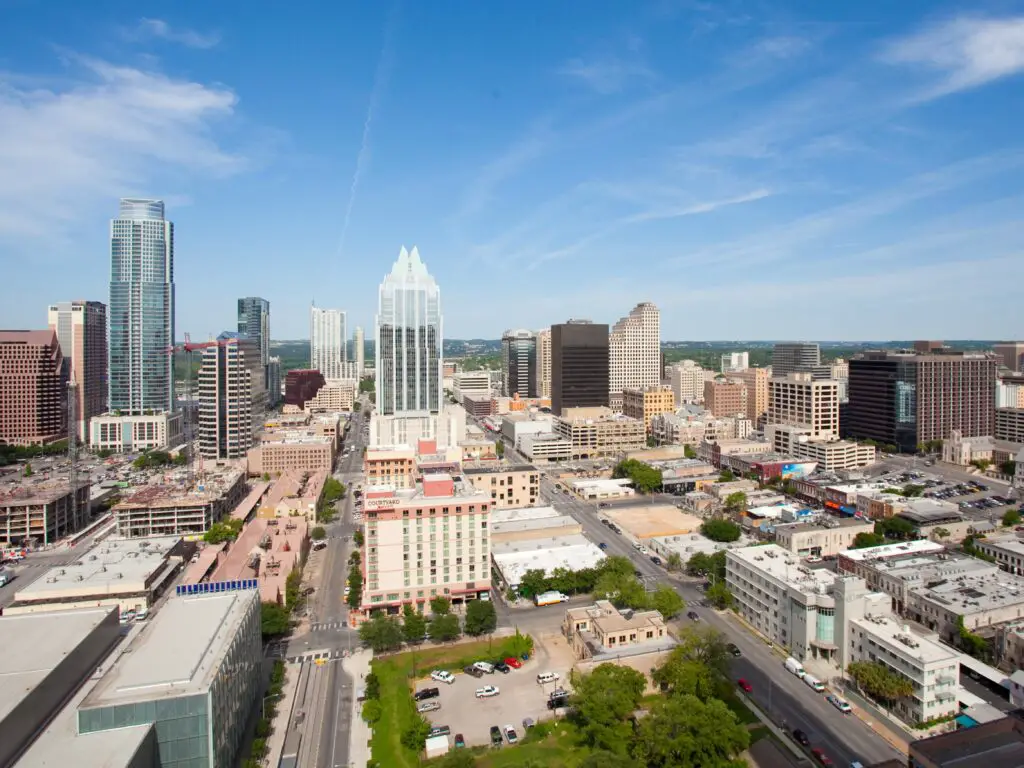
According to Forbes, Austin’s real estate market has transformed dramatically over the past five years, thanks to the city’s booming tech industry. Major companies like Tesla, Oracle, and Apple have moved operations to Austin, bringing thousands of high-paid workers with them. This influx of demand has driven home prices to record highs, making it much harder for locals to compete. Many first-time buyers are now forced to look at suburban areas instead of the city center.
Austin’s appeal has always been its live music scene, vibrant culture, and job opportunities. However, with rising home prices and increasing property taxes, many middle-class residents are feeling squeezed out. The rapid rate of development hasn’t kept up with demand, further limiting housing inventory. As a result, those who could have bought a home five years ago now find themselves struggling to afford even a modest property.
4. Nashville, Tennessee

As highlighted by Bloomberg, Nashville’s once-affordable housing market has shifted dramatically due to its rising popularity. The city’s booming entertainment industry and strong job market have drawn thousands of new residents. This demand has caused home prices to soar, outpacing wage growth for many locals. The cost of living in Nashville is now much higher than it was just a few years ago.
Nashville’s appeal lies in its vibrant nightlife, country music scene, and growing tech sector. However, the increase in luxury developments has priced out many longtime residents. Investors have also played a role in driving up housing costs, snatching up properties for short-term rentals. As a result, many first-time buyers are now looking at surrounding suburbs instead of the city itself.
5. Boulder, Colorado
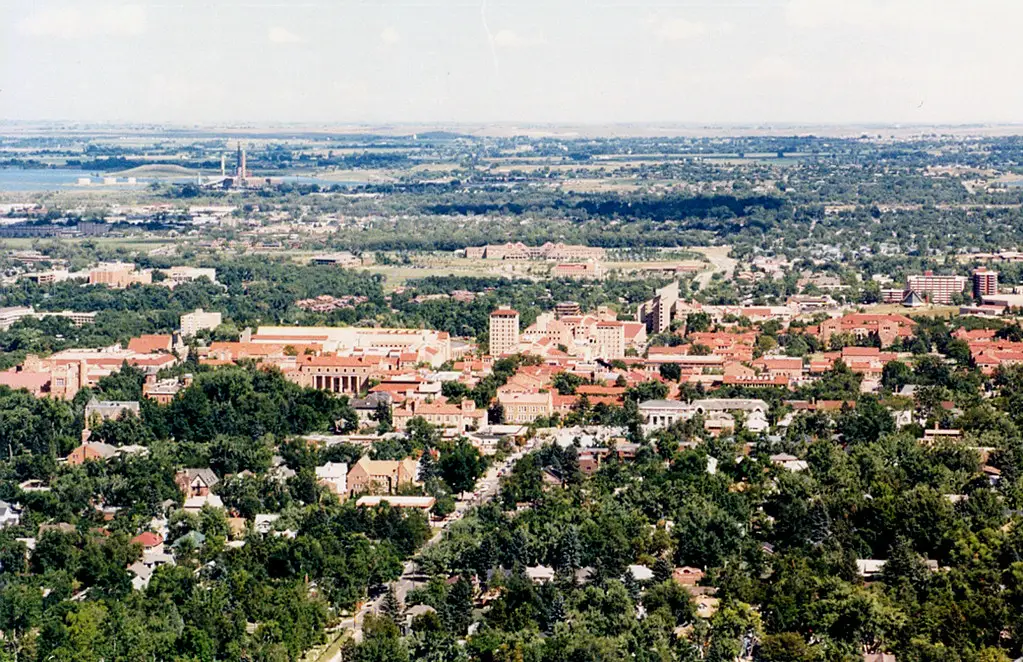
Boulder has long been known for its outdoor lifestyle and strong economy, but affordability has taken a major hit. The city’s desirable location near the Rocky Mountains has led to steady demand, driving up home prices. With limited land for new construction, housing supply has remained tight, pushing costs even higher. As a result, many middle-class families are struggling to find housing within their budget.
The pandemic only accelerated Boulder’s real estate boom as remote workers flocked to scenic locations. Rising property values have led to increased property taxes, making it even harder for longtime residents to stay. Rental prices have also surged, forcing some people to move farther away from the city center. For those looking to buy, the competition is fierce, with many homes receiving multiple offers well above asking price.
6. Charleston, South Carolina
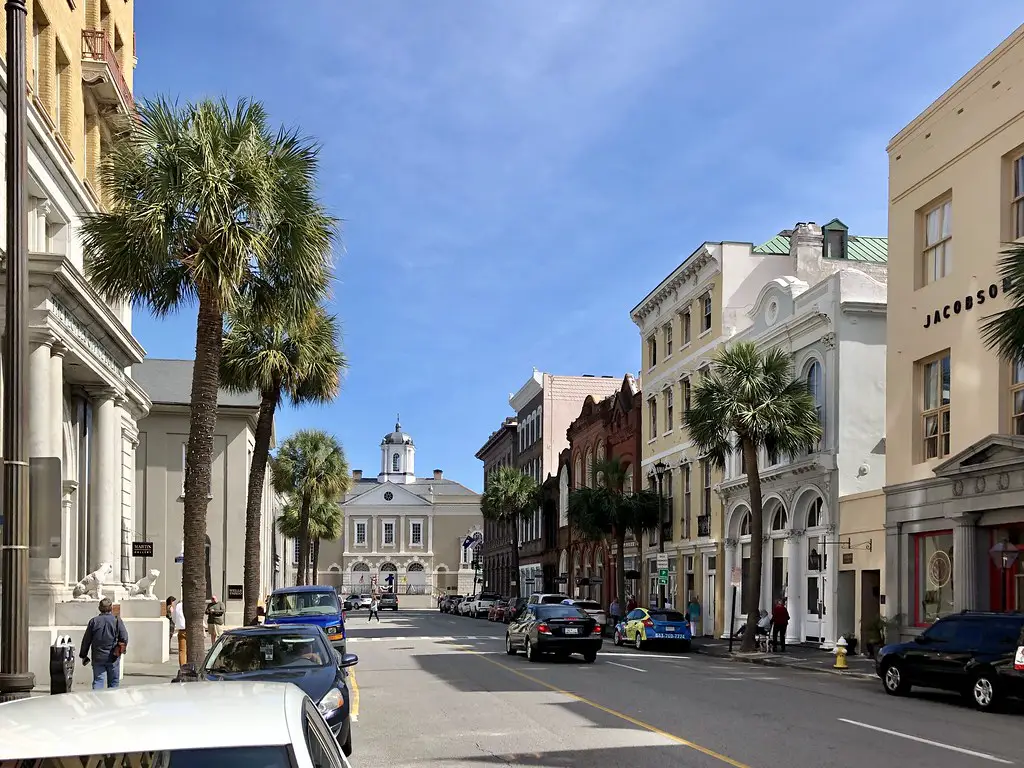
Charleston’s historic charm and coastal beauty have made it a prime destination for new residents. The influx of buyers has led to rapidly rising home prices, making it harder for locals to compete. Five years ago, Charleston was considered an affordable alternative to larger East Coast cities. Today, it’s become one of the most expensive markets in the Southeast.
The demand for luxury homes and vacation rentals has further driven up costs. Many historic properties are now out of reach for average buyers, leading to concerns about housing accessibility. The city’s rising property taxes and cost of living have also impacted affordability. For many locals, the dream of owning a home in Charleston is now out of reach.
7. Portland, Maine
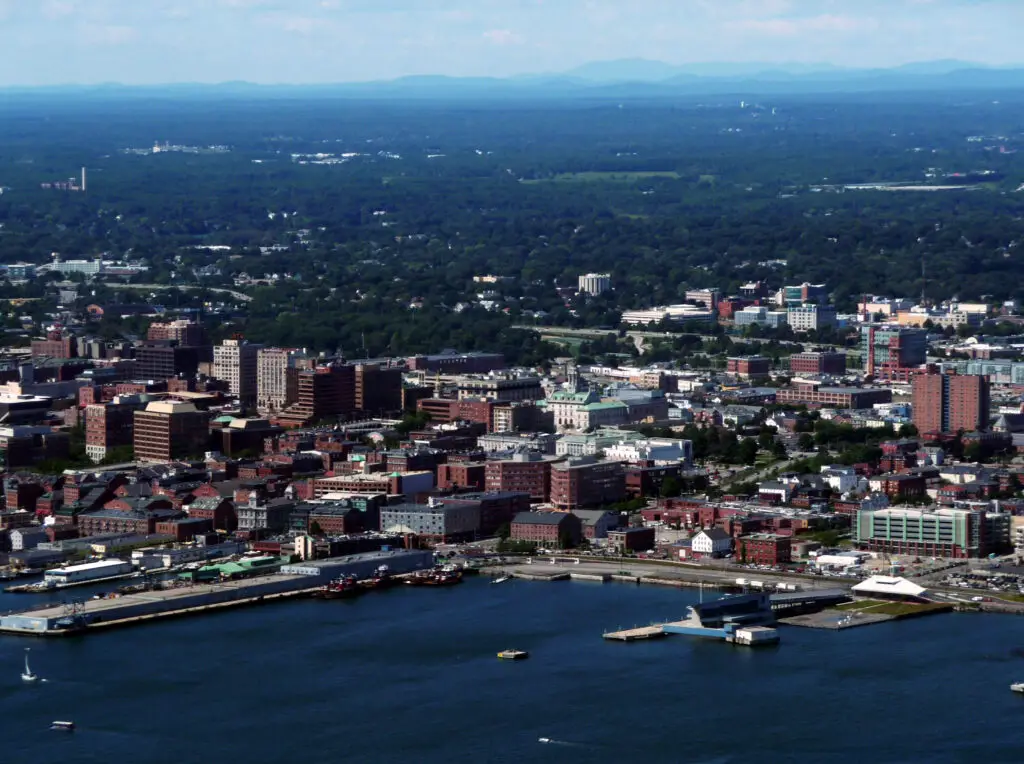
Portland has become an increasingly popular spot for those fleeing larger cities, and home prices reflect that shift. The city’s coastal appeal, strong food scene, and quality of life have drawn buyers from across the country. As a result, demand has outpaced supply, driving prices to record highs. Many longtime residents can no longer afford to buy in the neighborhoods they grew up in.
In addition to rising home prices, the cost of rent has also increased significantly. Investors have purchased properties at high rates, turning them into short-term rentals. This has further limited the availability of affordable housing for full-time residents. With high demand and limited supply, Portland’s affordability crisis shows no signs of easing.
8. Spokane, Washington
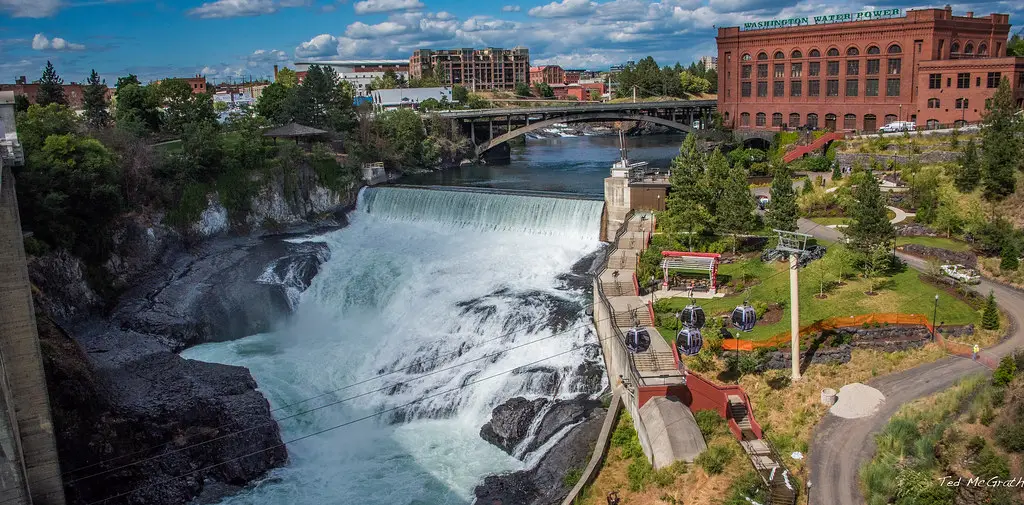
Spokane was once considered an affordable alternative to Seattle, but prices have soared in recent years. The combination of remote workers moving in and a growing local economy has fueled demand. Home prices have risen faster than wages, making it harder for first-time buyers to enter the market. Many longtime residents are now struggling to compete with out-of-state buyers who can afford higher offers.
The city’s natural beauty and outdoor recreation opportunities have made it increasingly desirable. However, the supply of homes hasn’t kept pace with the influx of new residents. Investors have also contributed to rising costs by converting homes into rental properties. As a result, Spokane’s housing market is now more competitive and expensive than ever before.
9. Sarasota, Florida
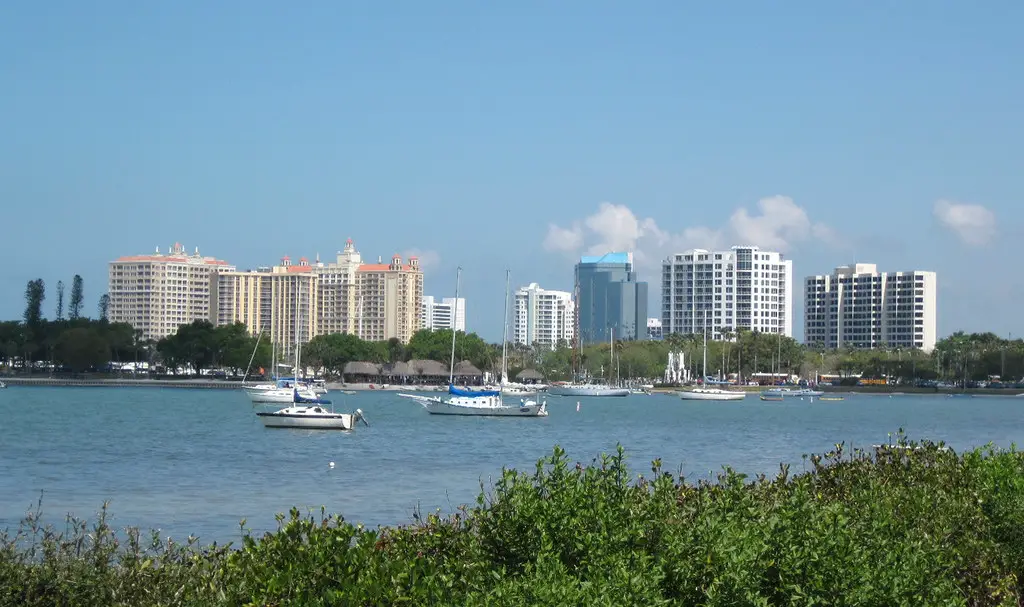
Sarasota’s coastal appeal and warm climate have attracted thousands of new residents in recent years. Five years ago, home prices were relatively affordable, but demand has since skyrocketed. Retirees and remote workers have flocked to the area, driving competition and pushing up housing costs. The once-accessible market has now become a challenge for locals looking to buy.
In addition to rising prices, Sarasota’s housing inventory has remained tight. Luxury developments and vacation properties dominate the market, making it harder for middle-class buyers to find homes. Property taxes and insurance costs have also increased, further straining affordability. Many longtime Sarasota residents are now being forced to consider more inland communities for affordable options.
10. Bend, Oregon

Bend has experienced explosive growth as people seek out its outdoor lifestyle and high quality of life. Once a relatively affordable town, it has now become one of Oregon’s most expensive housing markets. The influx of remote workers and retirees has led to a surge in home prices, outpacing local wages. Many younger buyers who grew up in Bend are now unable to afford homes in their hometown.
Limited housing supply has worsened the affordability crisis, with bidding wars becoming the norm. Investors have also played a role in driving up prices, purchasing properties for short-term rentals. The increasing cost of living has made it difficult for service workers and middle-class residents to stay in Bend. Without significant new housing developments, the affordability issues are expected to persist.
11. Santa Fe, New Mexico
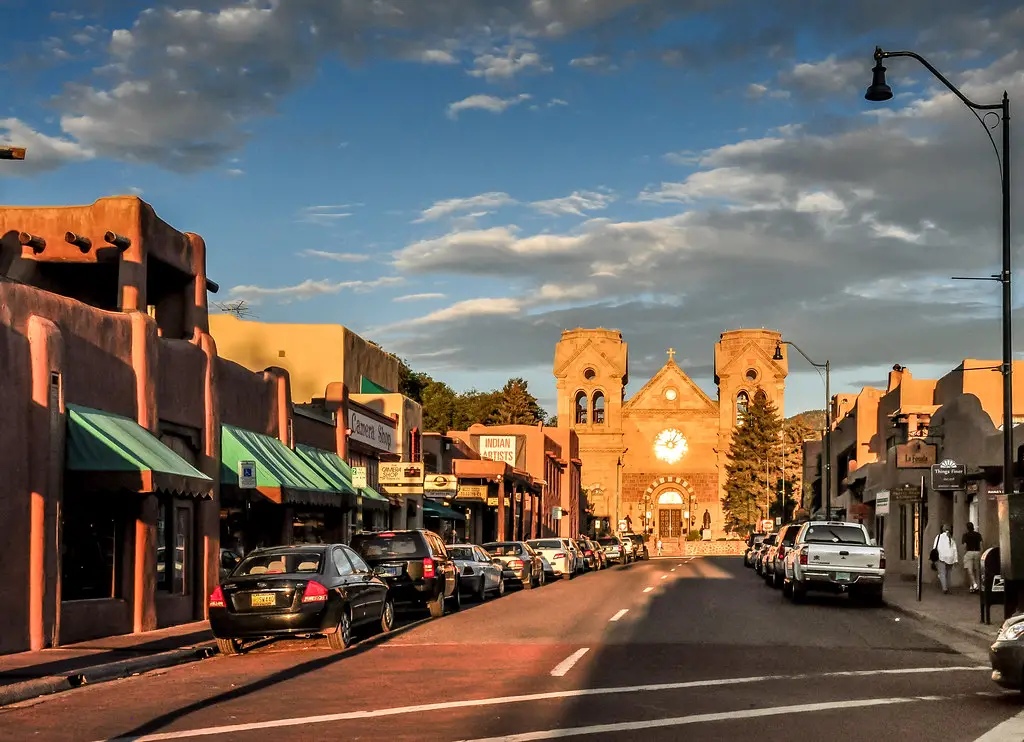
Santa Fe’s historic charm and vibrant arts scene have made it an increasingly popular destination. Five years ago, it was still relatively affordable, but rising demand has changed that. Wealthy buyers and retirees have driven up prices, making it harder for local workers to find affordable homes. Many longtime residents are now being priced out of the neighborhoods they’ve lived in for years.
The high cost of living in Santa Fe isn’t just about home prices—rental costs have also surged. Many homes are being converted into vacation rentals, further reducing available housing. The lack of new construction has contributed to the supply shortage, keeping prices high. As a result, younger buyers and working-class residents are finding it difficult to remain in the area.
12. Provo, Utah
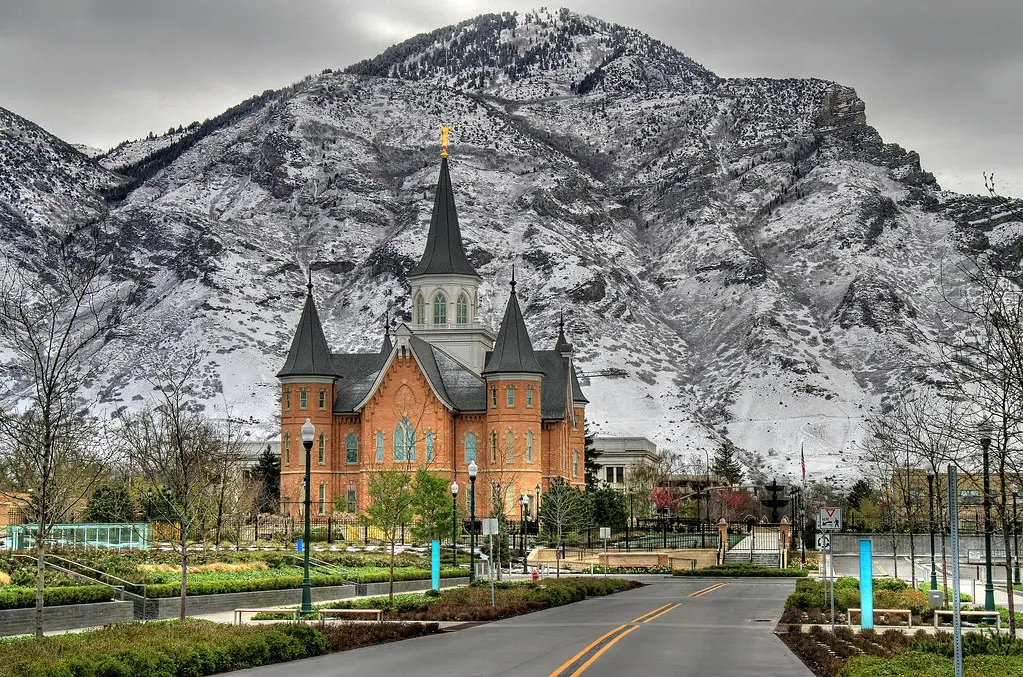
Provo has seen a dramatic increase in housing costs due to its booming tech industry and growing population. Once considered an affordable option in Utah, home prices have now outpaced many residents’ incomes. The influx of high-paid professionals has made competition fierce, driving up costs even further. Many first-time buyers who could have easily purchased homes five years ago are now struggling to afford even a modest property.
The strong job market and high quality of life continue to attract new residents to Provo. However, the limited availability of homes has pushed prices higher, creating an affordability crisis. Rent prices have also surged, making it harder for potential buyers to save for a down payment. Without significant changes to housing development, Provo’s real estate market will likely remain out of reach for many locals.
